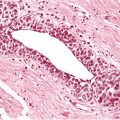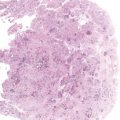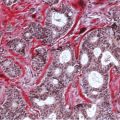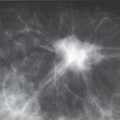Chapter 2 General Morphology of Breast Lesions Most pathologic processes in the breast originate in the terminal ductal-lobular units (TDLUs). The affected TDLUs are distended, distorted, or destroyed by the accumulation of fluid, mucin, cancer cells, necrotic debris, or calcium in the lumina of the acini and of the terminal duct or by the accumulation of collagen, glycoproteins, or stromal cells in the intralobular stroma (Fig. 2.1, thick-section image). Fig. 2.1 If the pathologic process primarily distends and distorts the TDLU, spherical or oval lesions develop (Fig. 2.2, thick-section image). Fig. 2.2 If the pathologic process destroys and replaces the pre-existent TDLU, a stellate lesion may develop (Fig. 2.3, thick-section image). Fig. 2.3 All pathologic processes lead to a considerable enlargement of the TDLU. In neoplasia, the largest diameter of the largest invasive lesion is considered to be the tumor size. As a result of distension or destruction, or both, most breast tumors are round/oval (Fig. 2.4) or stellate (Fig. 2.5). Fig. 2.4 Fig. 2.5 By coalescence of the distended, distorted, and destroyed structures and invasion of the tumor into the interlobular stroma, the shape of the lesion may become increasingly complex (Fig. 2.6). Fig. 2.6 Fig. 2.7 Fig. 2.8 Fig. 2.9 Fig. 2.10 Fig. 2.11
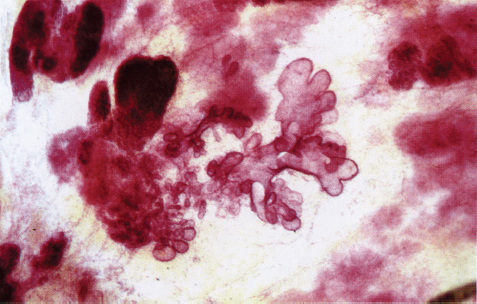

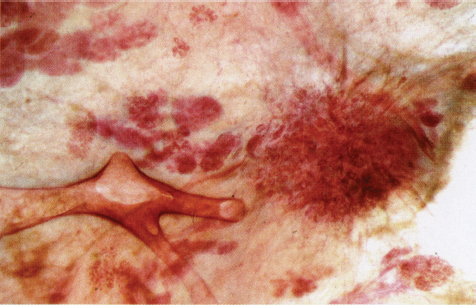


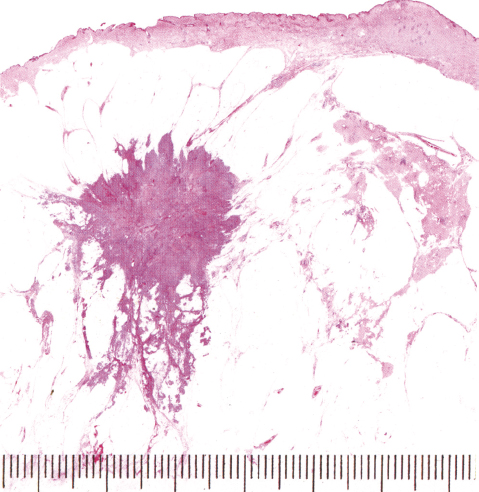
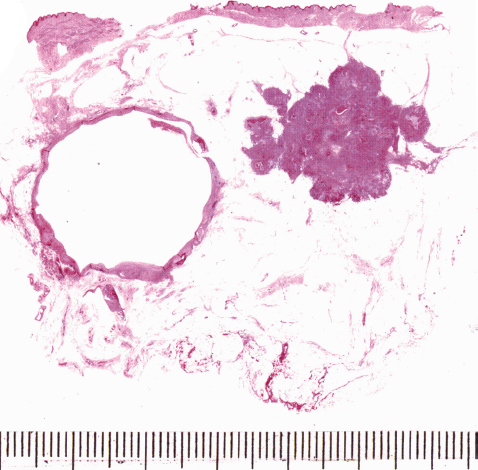
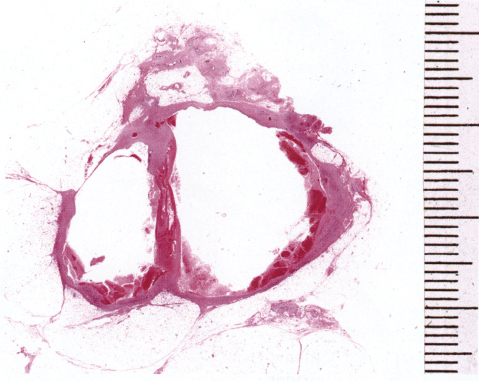

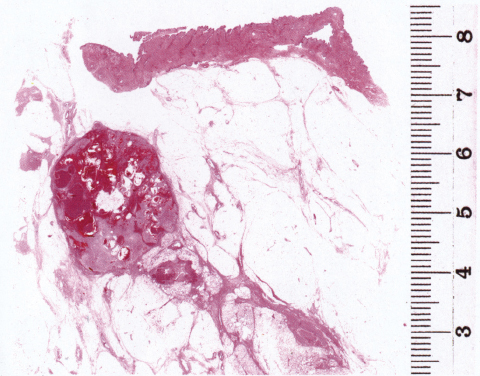
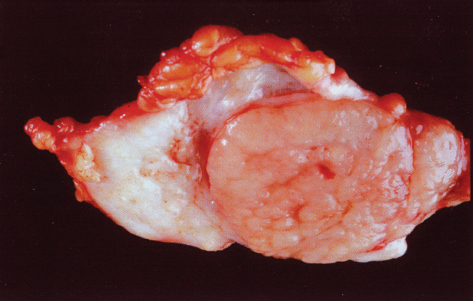
General Morphology of Breast Lesions
Only gold members can continue reading. Log In or Register to continue

Full access? Get Clinical Tree


